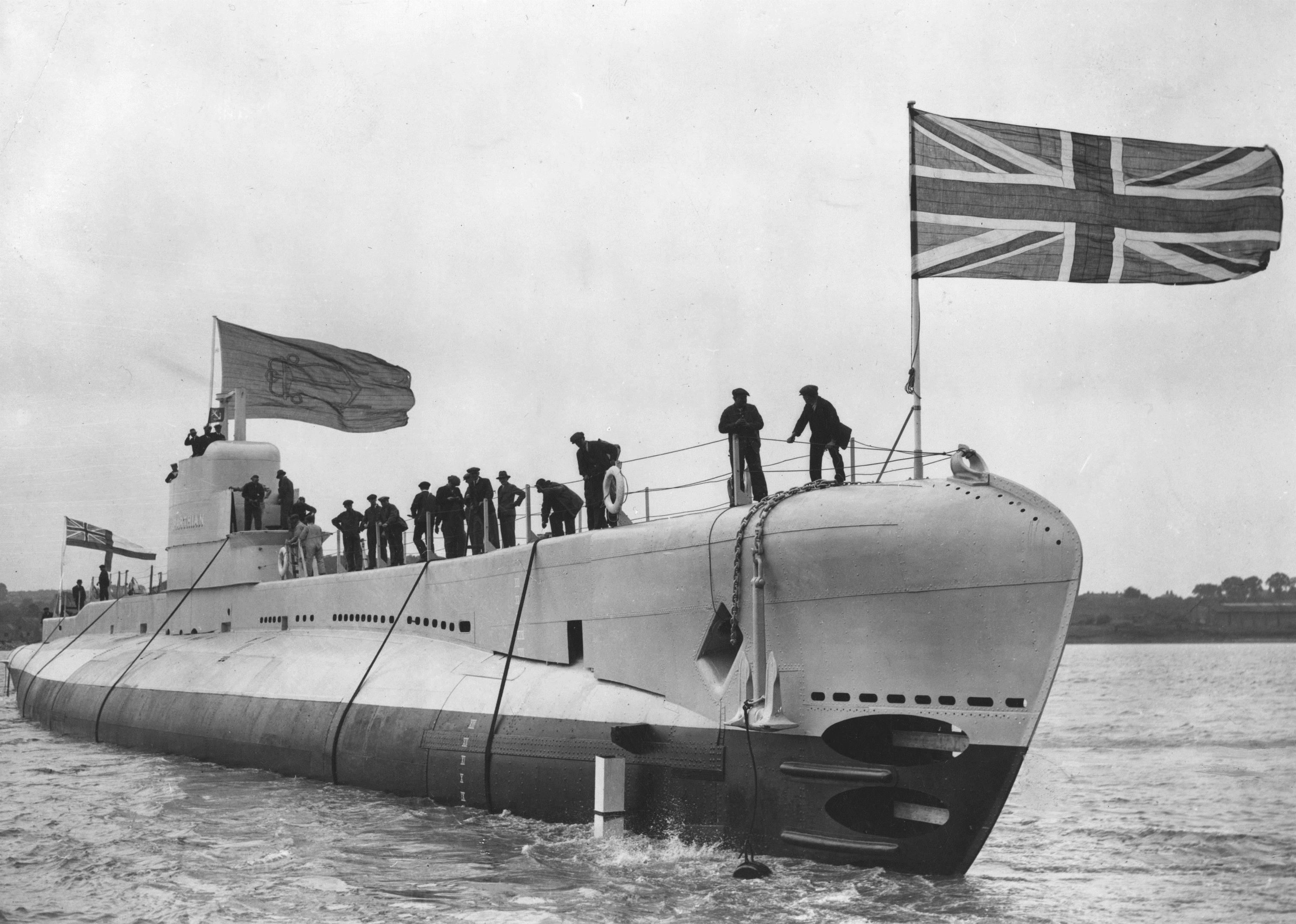
THEY are the hidden killers in our seas.
Now, acclaimed naval historian Iain Ballantyne, author of a fascinating new book about submarine warfare, tells Bill Gibb The Honest Truth about the underwater craft and reveals some of their murkiest secrets.
When were the first submarines?
Vessels that people have tried to make go underwater go back hundreds of years. Cornelius Drebbel put two rowing boats together in 1620 and had trips up and down the River Thames in this so-called diving boat.
We don’t know how much it went under. But it’s alleged she took James I/VI underwater from Westminster to Greenwich and many spectators supposedly showed up to see if he’d succeed or end up drowning the king.
When was the first sinking by a submarine?
It was in the American Civil War when a Confederate vessel called the Hunley sank a Union warship called the Housatonic in 1864.
But the first use of a self-propelled torpedo to sink a warship by a dived submarine was off the east coast of Scotland, not far from Rosyth. It was a warship called HMS Pathfinder, sunk by a U-boat in September 1914. It was a shock to the world that one of these puny little vessels could hide under the sea and do such damage.
So what part did they play in the First World War?
At the start, they were viewed as being next to useless, but by the end they were both feared and loathed. Both the Germans and the British had demonstrated that submarines could strike terror and inflict great damage to ships and people. But there was a heavy toll on submariners, with the Germans losing 178 submarines and nearly 5000 men.
What about during WW2?
It was Germany’s second attempt at using submarines as an equaliser as the Royal Navy was seen throughout the world as the maritime force to knock off its perch. It was a bigger submarine war, a truly global one. The biggest clash, though, was definitely the Battle of the Atlantic.
Starving Britain into submission was more of a likelihood in the First World War. In the Second World War, it was more about denying materials like iron ore, steel and weapons. May 1943 – the 75th anniversary is next month – is seen as the peak of the Battle of the Atlantic, with a lot of big incidents.
Were there notable sinkings?
Yes. The first was notorious. It was the sinking of a liner called the Athenia at the start of the Second World War, with 117 casualties. There were civilians on board and U-boats were not supposed to attack liners. The U-boat skipper had supposedly thought she may have been an armed merchant cruiser and attacked.
What about British successes?
Well, there was the Tirpitz, of course. The British were handicapped by this sister vessel of the Bismark, lurking in a Norwegian fjord, so in September 1943, they struck.
They sent in midget submarines called X craft to attack. One of those who gained most renown was a Scot called Donald Cameron. He was on X6 and for his part in the raid he won the VC. They didn’t sink it, but they did cripple it and it was finished off later by the RAF.
And post-Second World War incidents?
There are a few major ones, including the sinking of the Argentinian vessel the General Belgrano by HMS Conqueror during the Falklands War in 1982. The most recent was in 2010, with the suspected North Korean mini-submarine attack on a South Korean ship.
How significant is submarine warfare now?
Some nations aspire to nuclear-powered submarines and others want to join the exclusive club that has submarines with nuclear missiles.
But conventional submarines are proliferating massively.
Nearly every country in the world which wants to be a naval player is either buying in or building submarines.
They are not going away any time soon.
Iain Ballantyne’s The Deadly Trade: A History of Submarine Warfare is published by Weidenfeld, £25.

Enjoy the convenience of having The Sunday Post delivered as a digital ePaper straight to your smartphone, tablet or computer.
Subscribe for only £5.49 a month and enjoy all the benefits of the printed paper as a digital replica.
Subscribe